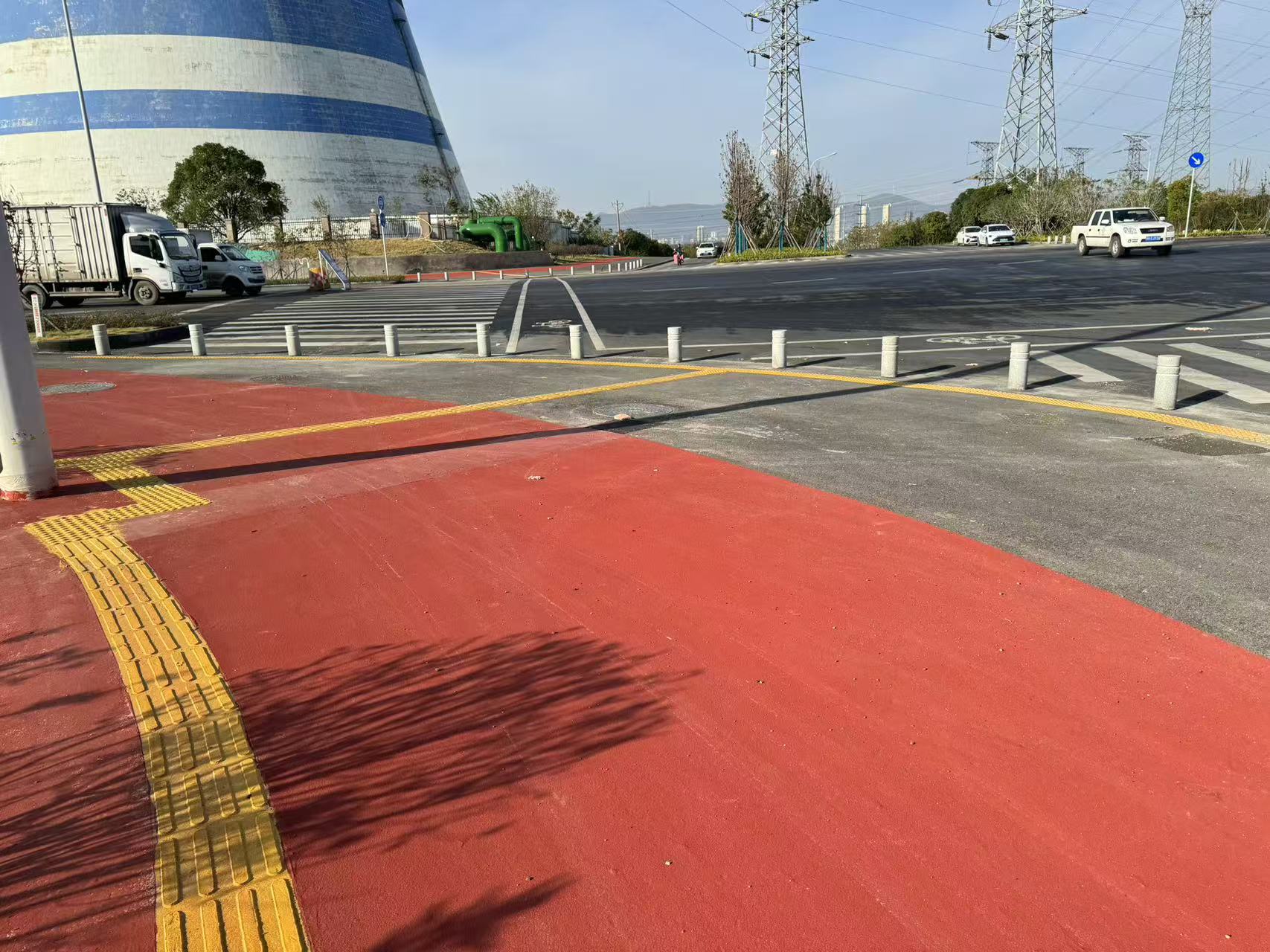



Title: Colorful Micro-Surfacing: Enhancing Road Aesthetics and Performance with Innovative Pavement Technology
Abstract:
In the realm of road maintenance and rehabilitation, traditional asphalt resurfacing methods have long been the staple for addressing distresses and restoring pavement integrity. However, advancements in pavement technology have led to the emergence of colorful micro-surfacing, a revolutionary approach that not only addresses functional needs but also infuses aesthetic value into road infrastructure. This article delves into the intricacies of colorful micro-surfacing, exploring its materials, application processes, benefits, and the transformative impact it brings to road networks worldwide.

Introduction:
Roads are more than just pathways connecting one destination to another; they are vital components of urban landscapes, influencing safety, economic activity, and community aesthetics. Traditional asphalt pavements, while effective in providing a durable and smooth driving surface, often lack the visual appeal that can enhance the overall urban environment. Enter colorful micro-surfacing, a cutting-edge pavement technology that combines functionality with a splash of color, transforming mundane roadways into vibrant thoroughfares.
Materials and Composition:
Colorful micro-surfacing consists of a mixture of polymer-modified asphalt emulsions, aggregate (fine sand, crushed stone, or recycled materials), additives for workability and stability, and colorants. The colorants, derived from natural minerals or synthetic pigments, are carefully selected to ensure durability and UV resistance, maintaining the vibrant hues over time. The use of polymer modification enhances the mixture's flexibility and resistance to cracking, making it ideal for addressing a variety of pavement defects such as rutting, cracking, and wear.
Application Process:
The application of colorful micro-surfacing involves a multi-step process. Firstly, the existing pavement surface is prepared by removing any loose material, filling cracks, and ensuring a clean, dry surface. Next, the colored micro-surfacing mixture is applied using specialized equipment, which evenly distributes the material across the road. This is followed by immediate compaction using rollers to ensure proper bonding and achieve a smooth, even finish. The rapid-setting nature of the asphalt emulsion allows for quick traffic reopening, minimizing disruptions.
Benefits:
Case Studies and Impact:
Cities around the world have embraced colorful micro-surfacing to rejuvenate their road networks. From vibrant bike lanes in Copenhagen to pedestrian-friendly pathways in Singapore, these projects have not only beautified urban spaces but have also served as catalysts for community pride and economic revitalization. By integrating art and functionality, these colorful pavements have become landmarks, drawing attention to important routes and encouraging active transportation.
Conclusion:
Colorful micro-surfacing represents a paradigm shift in road maintenance and rehabilitation, merging advanced technology with artistic expression to create pavements that serve both practical and aesthetic purposes. As cities strive to create more livable, sustainable environments, this innovative pavement solution offers a compelling means to enhance urban landscapes, foster community engagement, and promote environmental responsibility. As the technology continues to evolve, the possibilities for colorful micro-surfacing in transforming roadways into works of art and functional infrastructure are boundless.
In summary, colorful micro-surfacing stands as a testament to the fusion of innovation and creativity in the realm of road engineering, redefining our expectations of what a pavement can be and inspiring future generations of infrastructure projects.
contact
Be the first to know about our new product launches, latest blog posts and more. Chinese brand Kunjie Materials Company is an environmentally friendly enterprise that provides colored anti-skid pavement, ceramic particle anti-skid pavement, water-based polymer colored pavement, pe...
Chinese brand Kunjie Materials Company is an environmentally friendly enterprise that provides colored anti-skid pavement, ceramic particle anti-skid pavement, water-based polymer colored pavement, pe... Any question or request?
Click below, we’ll be happy to assist. contact